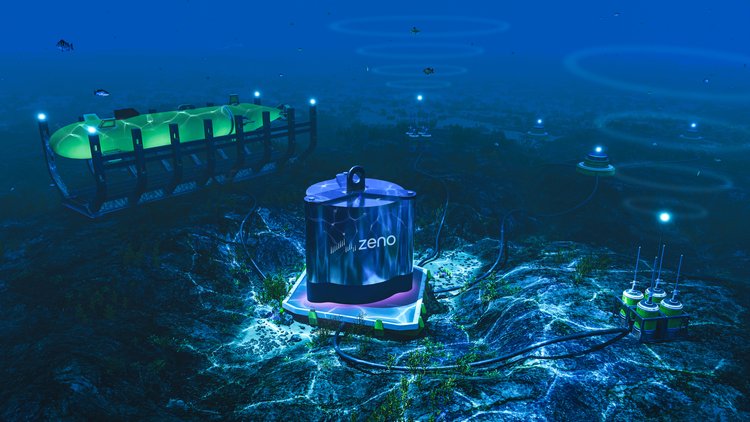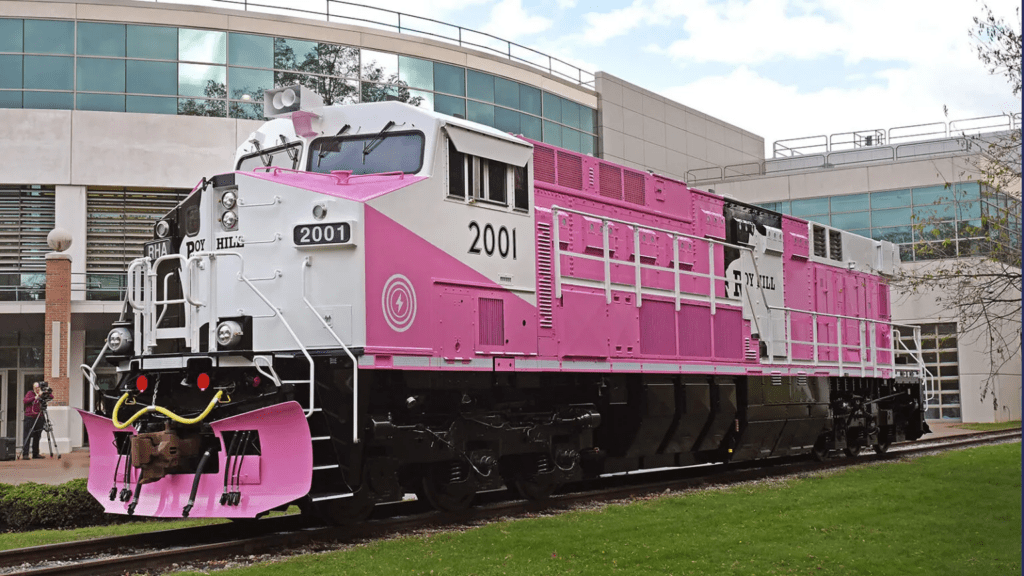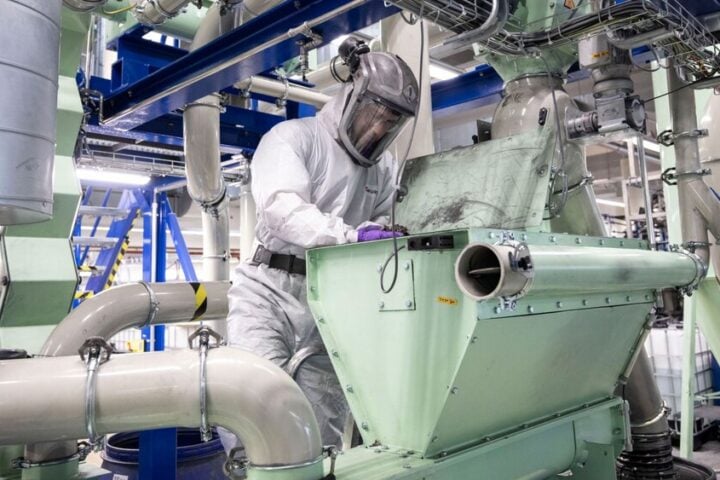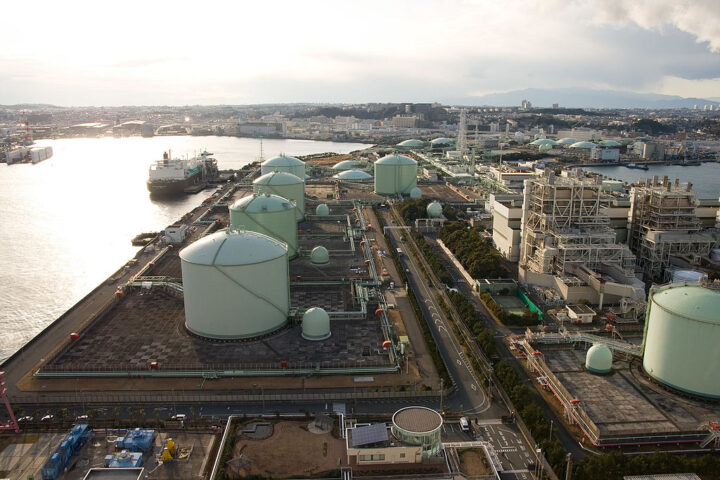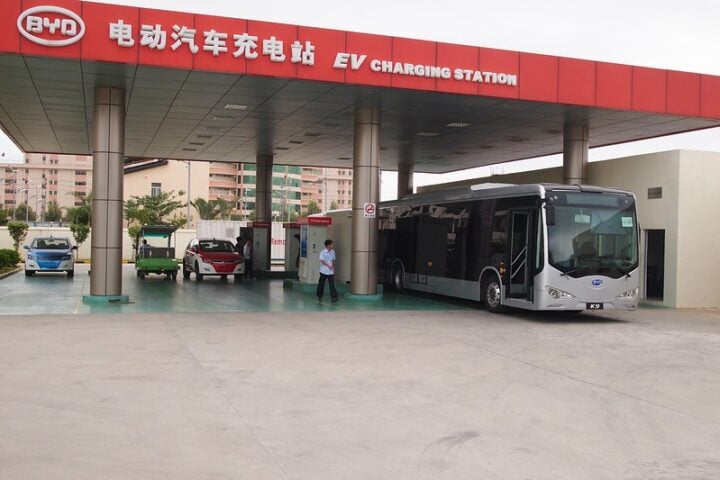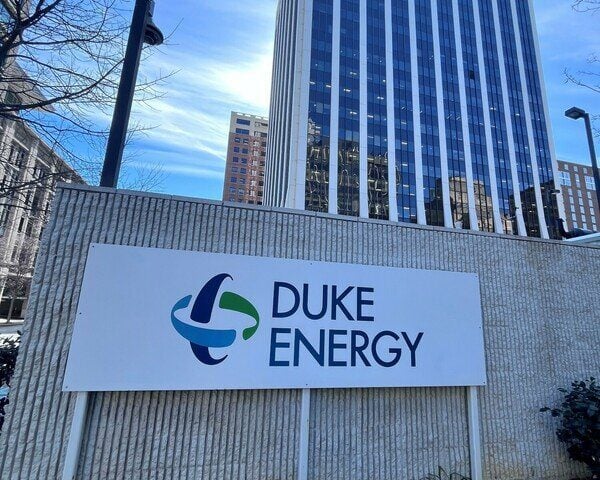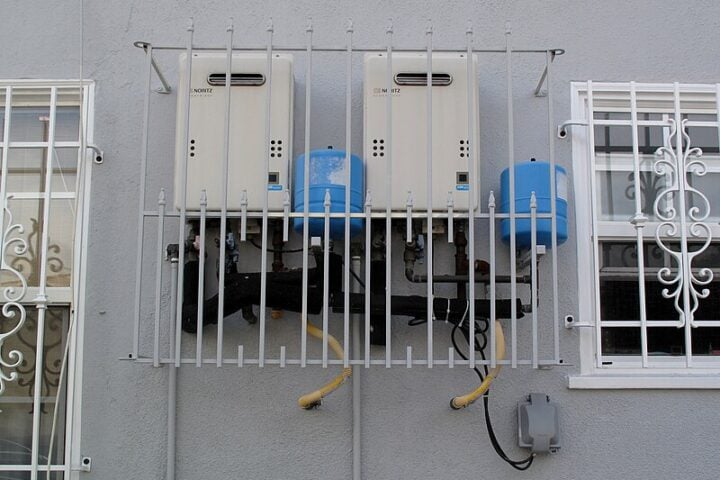Zeno Power is making waves in the nuclear scene! They’ve just wrapped up the design and testing of their game-changing strontium-90 (Sr-90) heat source. Yep, it’s the first of its kind in the commercial space, and they’re gearing up to roll out these radioisotope power systems (RPSs) to customers by 2025.
The magic happened over at the Pacific Northwest National Laboratory (PNNL) in Richland, WA. Here, Zeno flexed their innovative muscles, showing off a Sr-90 heat source that’s more powerful than anything we’ve seen before. And the best part? They’ve got the tech to smoothly shift their fabrication into a hot cell setup using radiological stuff.
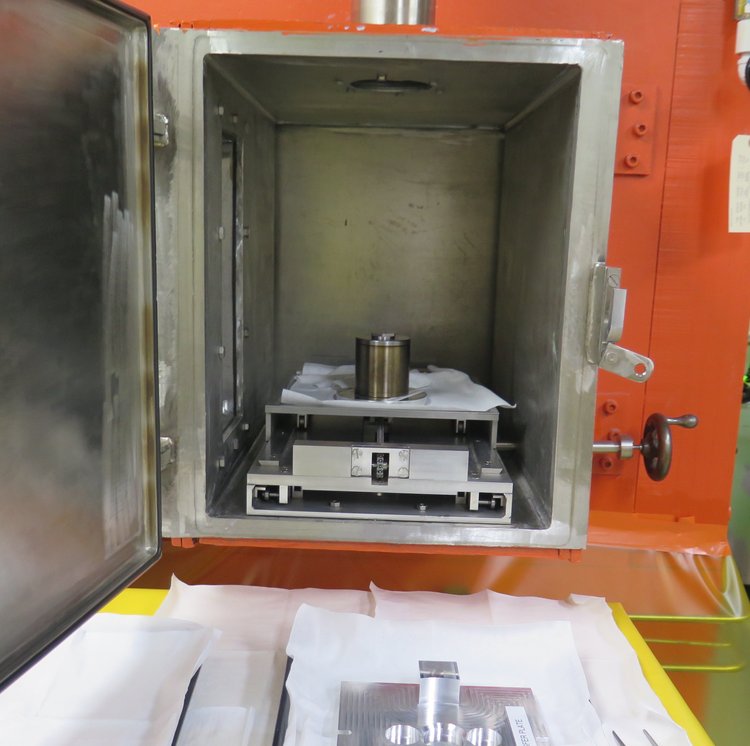
Lindsey Boles, VP of Engineering at Zeno, couldn’t contain her excitement. She said, “The completion of the Z1 demonstration is a historic moment that marks the beginning of the commercial RPS era. In only five years, Zeno Power went from its founding to fabrication of nuclear hardware, which is notably fast for the nuclear industry. We are now a clear leader and vanguard in delivering advanced nuclear technologies for space and maritime applications.”
Similar Posts
Now, here’s where things get even more sci-fi cool: Zeno’s bagged a $7.5 million deal from the U.S. Department of Defense. The mission? Craft a radioisotope power system by 2025 for the U.S. Navy’s seabed ops. It’s all part of this “DEPTHS” gig, where the goal is to set up energy hotspots on the ocean floor. Think of it as underwater power stations for things like sensors and robot subs.
Admiral John M. Richardson (USN, retired and now with Zeno’s Advisory Board) dropped some wisdom on us: “Through the DEPTHS program, Zeno Power will demonstrate a commercially developed radioisotope power system to enable critical sensing and other seabed capabilities for Navy applications. The world’s oceans are increasingly becoming hotbeds of international competition, and ubiquitous access to power in maritime environments is critical to maintaining U.S. leadership.”
But wait, there’s more techy goodness! Zeno’s teamed up with Blue Origin and Sunpower. These guys are deep into making the Stirling convertor for the RPS. And guess what? They’re also cooking up something for the moon, backed by a sweet $15 million from NASA.
Tyler Bernstein, Zeno’s CoFounder and CEO, chimed in, “The DEPTHS program will meet a critical need for advanced nuclear technologies to power new scientific and national security missions in maritime environments. This contract, along with our current programs with the Space Force and NASA, underscores our ability to build and deliver operational systems to a broad set of government and commercial customers by 2025.”
So, as Zeno keeps pushing the envelope, all eyes in the nuclear world are on them. Everyone’s eager to see what next-gen power solutions they’ll bring to the table. Stay tuned, folks!
